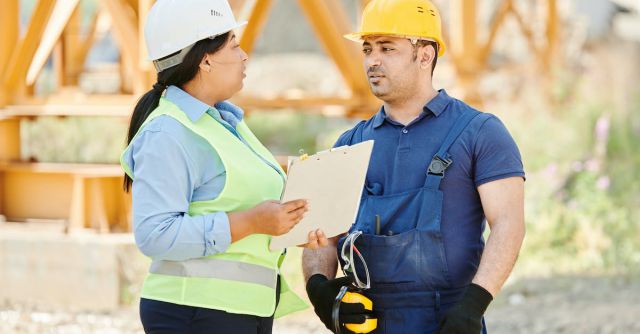Hard hats are a vital piece of protective equipment for anyone working in hazardous environments. They are designed to provide protection against impacts, falling objects, debris, and electric shock. By wearing a hard hat, workers reduce the risk of serious injuries or death from workplace accidents.
It is essential that businesses and other organizations prioritize safety in the workplace and provide their employees with the necessary protective equipment. Hard hats are a key component of any safety program and should be worn at all times when working in hazardous environments.
The Benefits of Hard Hats
Hard hats provide protection from a variety of hazards. They protect against impacts from falling objects and debris and also provide insulation against electric shocks. Hard hats also provide protection against blunt force trauma, which can occur in the event of an accident.
Hard hats also provide a level of visibility in low-light conditions. They are usually brightly colored, making it easier for workers to be seen in dark areas. This improved visibility can help reduce the risk of accidents and improve the overall safety of the workplace.
Types of Hard Hats
There are several types of hard hats available on the market today. The most common type is the full brimmed hard hat, which provides the most coverage and protection against impacts.
Half-brimmed hard hats provide a degree of protection, but are not as effective as full-brimmed hats. Vented hard hats are designed to be cooler and more comfortable in hot environments, but offer less protection than a full-brimmed hat.
Requirements for Hard Hats
When selecting hard hats for workplace use, it is important to ensure that they meet the required standards. Hard hats must be certified by the Occupational Safety and Health Administration (OSHA) to be considered safe for use in the workplace. OSHA also requires that hard hats be inspected regularly and replaced if they are damaged or worn out.
Importance of Training
In order for hard hats to be effective, workers must be properly trained on how to use them. Workers should be familiar with the purpose of the hard hat and how to correctly wear and adjust it. They should also be aware of the limitations of the hat and the potential hazards associated with wearing it.
Training should also cover the inspection and care of the hard hat. Workers should be instructed on how to inspect the hat for damage, clean it, and replace it when necessary.
Conclusion
Hard hats are an essential piece of safety equipment for any workplace. They provide vital protection against impacts, falling objects, debris, and electric shock. It is essential that businesses and organizations prioritize safety and provide their employees with the appropriate protective equipment. Training is also important to ensure workers understand how to correctly use and take care of their hard hats. By following these simple steps, organizations can help ensure the safety of their employees in the workplace.






